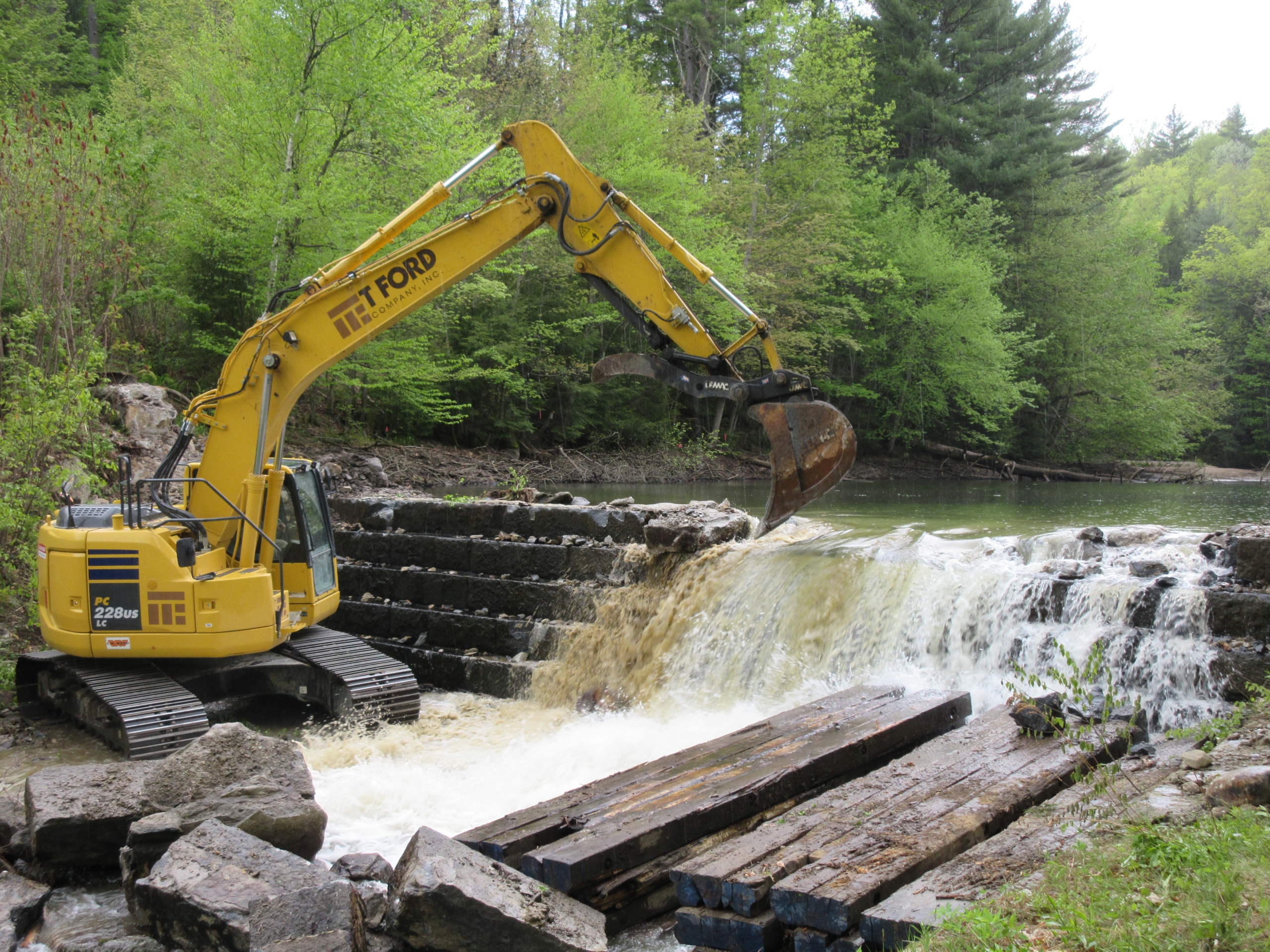Image Source: Google
Dams have long been a source of controversy and concern for environmentalists, engineers, and local communities. While these structures provide crucial services such as flood control, irrigation, and power generation, they also pose significant risks to aquatic ecosystems and surrounding habitats. However, the future of the best dam remediation offers hope for transforming these threats into opportunities for thriving waters. Through innovative technologies, collaborative efforts, and sustainable practices, dams can be rehabilitated to benefit both human societies and the environment.
The Current State of Dams
Challenges Posed by Dams
- Alteration of natural flow regimes
- Blockage of fish migration routes
- Loss of sediment transport
- Deterioration of water quality
Environmental Impacts
- Extinction of fish species
- Disruption of riparian habitats
- Erosion downstream of dams
- Changes in water temperature
Emerging Trends in Dam Remediation
Technological Innovations
- Fish-friendly turbines
- Fish ladders and fishways
- Sediment bypass systems
- Water quality monitoring sensors
Collaborative Approaches
- Public-private partnerships
- Stakeholder engagement
- Multi-disciplinary teams
- Community involvement
Sustainable Practices
- Hydropower optimization
- Ecosystem-based management
- Adaptive management strategies
- Restoration of fish habitats
Case Studies in Dam Remediation
Elwha River Dam Removal
The Elwha River Dam removal project in Washington state is a prime example of successful dam remediation efforts. By dismantling two large dams, the ecosystem has been restored, allowing for the recovery of salmon populations and revitalization of the river's natural flow.
Three Gorges Dam Retrofitting
In China, the Three Gorges Dam retrofitting project aims to mitigate the environmental impacts of the world's largest hydroelectric dam. Through the installation of fish-friendly turbines and sediment management systems, efforts are underway to restore the ecological balance of the Yangtze River.
Benefits of Dam Remediation
Environmental Benefits
- Enhanced fish populations
- Improved water quality
- Restored riparian habitats
- Preservation of biodiversity
Social and Economic Benefits
- Recreational opportunities
- Tourism development
- Job creation
- Improved public health
The Path Forward
As we navigate the complexities of dam remediation, it is crucial to prioritize sustainability, innovation, and collaboration. By adopting a holistic approach that considers the needs of both ecosystems and communities, we can pave the way for a future where dams coexist harmoniously with thriving waters.

